International Inclusive Education
Benetech has a deep commitment to supporting inclusive education globally. We believe that supporting teachers who work with students with disabilities across the globe is one way to create momentum around inclusive education, especially in under-resourced countries. The purpose of these modules is to provide educators with practical training on digital content accessibility and universal design to encourage inclusivity and showcase specific tools and resources they can use in their teaching. The creation and distribution of these modules was made possible by a grant from The World Bank.
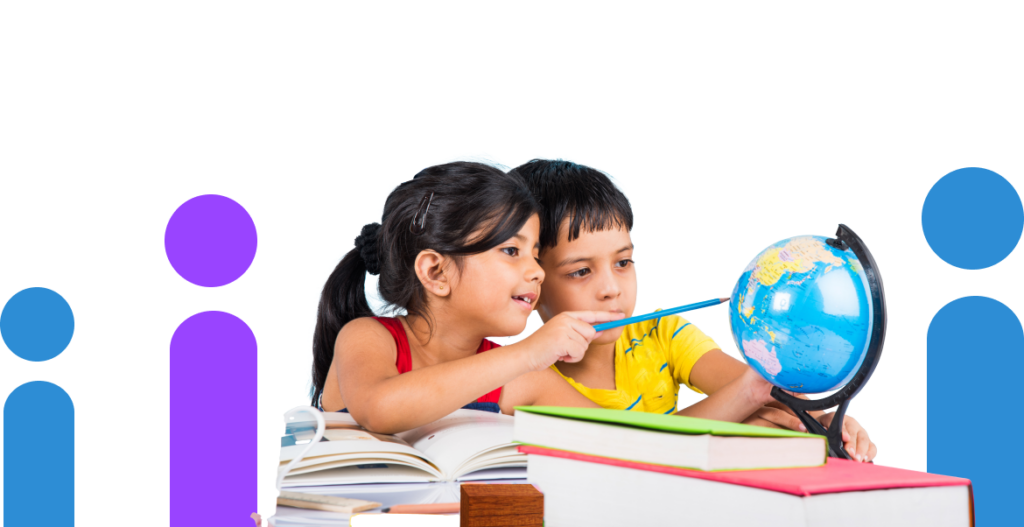
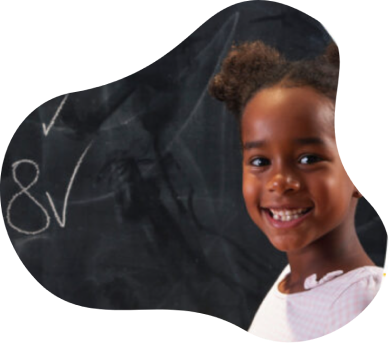
Overview of Mathematical Literacy
Mathematical literacy is an individual’s capacity to identify and understand the role that mathematics plays in the world. It allows individuals to make well-founded judgements and to use and engage with mathematics in ways that will foster independence. All students should have access to high quality, equitable, and engaging mathematics instruction.
Learning Objectives:
At the end of this module, the reader will gain an understanding of:
- The importance of math including basic mathematical concepts.
- How to develop skills of counting, matching, sorting, categorization, and discrimination.
- What tools to be used with more complex mathematical concepts to students with disabilities.
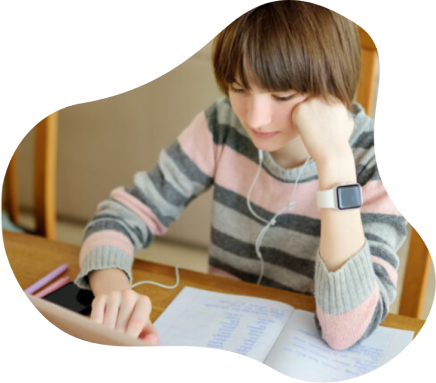
Inclusive and Accessible Examinations
Examinations and evaluations are an integral part of the academic system. They allow students to demonstrate what they know and provide feedback to the teacher about what students have mastered, as well as gaps in their understanding and comprehension. Examinations are also essential to guide decisions about students’ future educational opportunities.
Learning Objectives:
From this module, the learner will gain an understanding of:
- What inclusive and accessible methods of evaluation and examination are, and understand why they are necessary.
- Best practices for how to create and implement inclusive and accessible assignments and projects for students with disabilities.
- How to use data and information from inclusive and accessible assessments and apply it to decisions for students with disabilities.
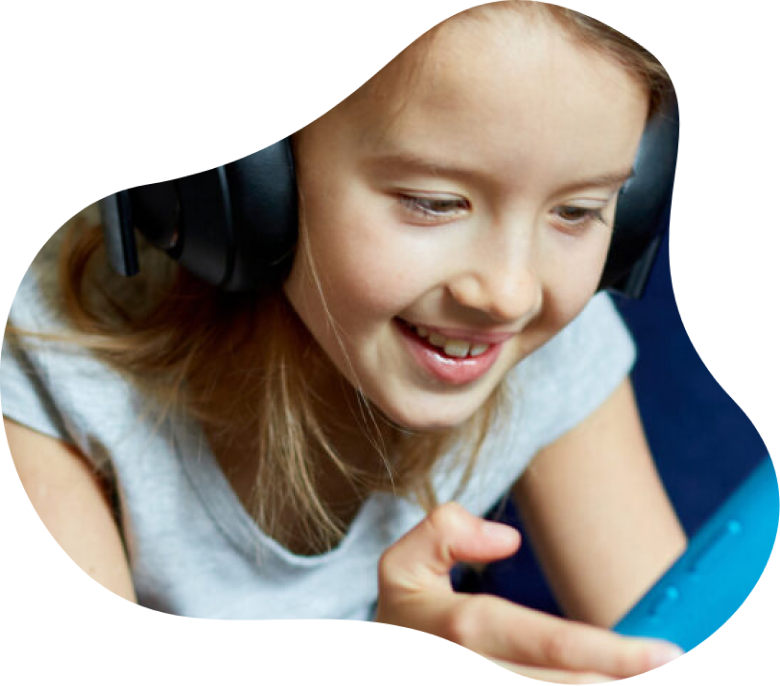
Using Android Devices for Reading and Writing
Literacy is the ability to read and write in a way that helps us access information about the world. Access to information is a fundamental human right. For students with print disabilities such as students who are Blind or visually impaired, students who have a physical disability, or have a learning disability, reading and writing can be challenging. Typically, student with print disabilities require assistance from an assistive technology device for accomplishing literacy related tasks.
Learning Objectives:
At the end of this module, the reader will gain an understanding of:
- Understand how to configure various accessibility features built into Android devices for students with print disabilities for both reading and writing tasks.
- Understand how to read books and documents in multiple formats using built–in and third–party applications on the android devices.
- Understand how to use Android devices to write in various languages using built–in and third–party keyboards.
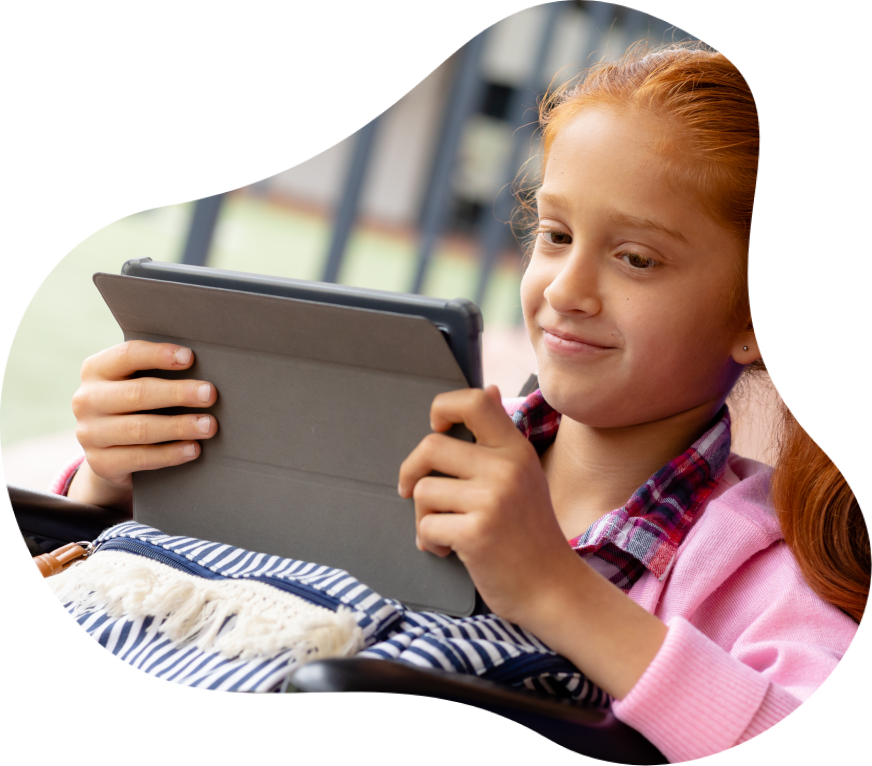
Inclusive Education for Students with Disabilities
In an inclusive classroom, teachers use inclusive instructional strategies such as Universal Design for Learning (UDL), lesson accommodations, and curriculum modifications to help all students access and learn class material. It is to the benefit of all that more classrooms become inclusive and provide educational opportunities to all students (23). Inclusion promotes belonging and participating in a diverse society (extending to families, communities, and neighbourhoods in which children grow up). Inclusion can benefit children with and without disabilities.
Learning Objectives:
At the end of this module, the reader will gain an understanding of:
- What inclusion is? Why it is important?
- What early intervention is? Why it is important?
- What Universal Design for Learning (UDL) is and how to accommodate students with disabilities and modify the curriculum so they can have full access to learning materials.
- How to use checklists to guide preparation of accessible learning materials for students with disabilities.
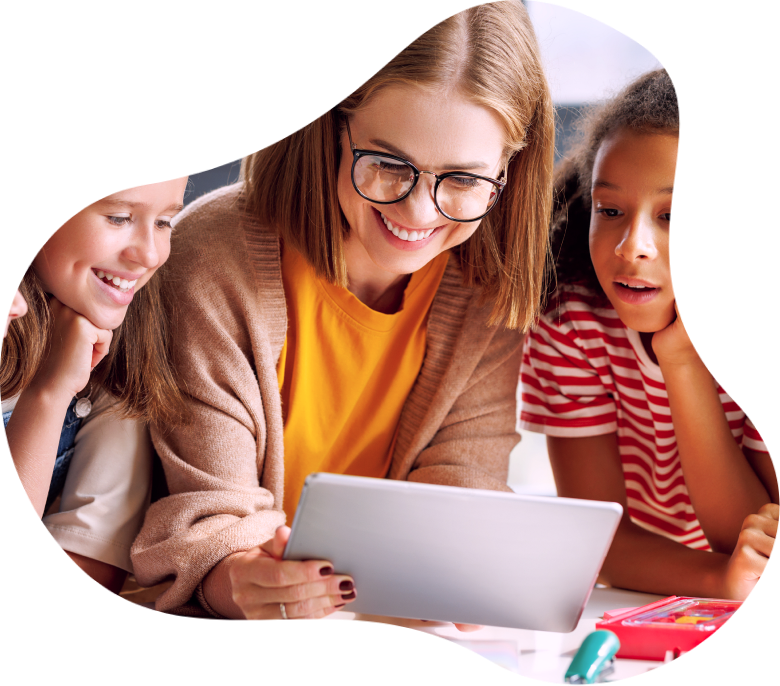
Creating Accessible Documents
Students with print disabilities such as Blindness or visual impairments, learning disabilities such as Dyslexia, or physical disabilities such as cerebral palsy will need access to digital documents. Digital documents come in various formats such as PDF, Word, HTML, and EPUB however students with print disabilities will require the document to be easily navigated and read with various assistive technology tools. In other words, these digital documents must be accessible. Just because a document is digital, does not automatically mean it is accessible.
Learning Objectives:
At the end of this module, the reader will gain an understanding of:
- What an accessible document is? Why they are important for students with disabilities?
- The standards that guide best practice for accessibility in documents.
- How to complete an accessibility check with MS Word.